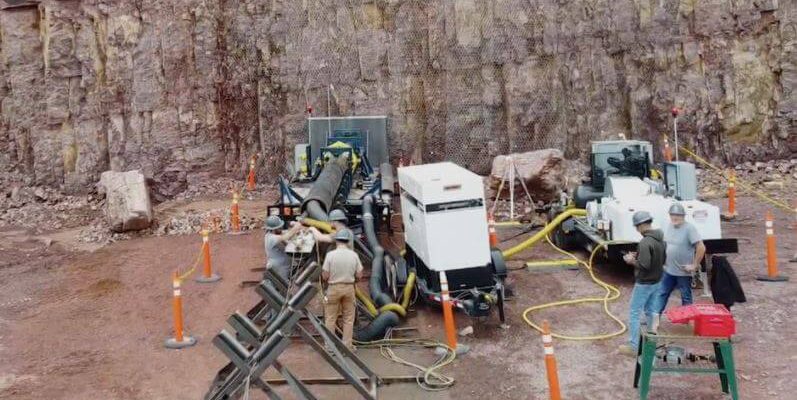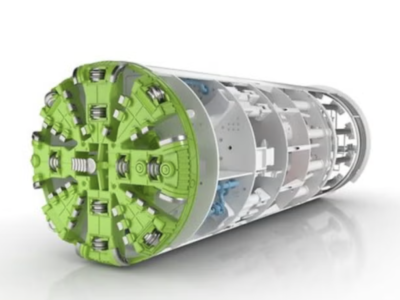
Pausing its stealth, this week Petra proclaims a $30 million Series A. By efforts of the round, which is managed by DCVC, the robotics company’s funding is raising up to $33 million, with additional participation from ACME Capital Congruent Ventures, 8VC, Real Ventures, Elementum Ventures, and Mac Venture Capital.
According to co-founder and CEO Kim Abrams in a release related to the news: “We’ve invented a completely new way to excavate rock and this will have profound implications on the future of tunneling. By delivering a boring solution that affordably undergrounds utilities through high-grade rock, we can finally protect communities from exposure to wildfires and ensure the safety of critical infrastructure in disaster-prone areas, especially in places like the Sierra Nevada mountains, Rocky Mountains, and coastal regions.”
The Swifty robot that successfully dug a 20-foot tunnel through Sioux Quartzite at a rate of one inch-per-minute, is the top news that arrives from the company as a successful pilot of its robot. The metamorphic rock is notoriously hard, making it a favorite selection for buildings in the upper Midwest region in which it is found. That strength, however, also makes it a formidable challenge from infrastructure and other projects that require tunneling.
“No tunneling method has been able to tunnel through this kind of hard rock until now. Petra’s achievement is due to Swifty’s thermal drilling method, which efficiently bores through rock without touching it. Boring 20 feet through impossibly hard Sioux Quartzite proves our unique capability to affordably bury utility-sized tunnels through high-grade hard rock,” stated Tesla co-founder, Ian Wright, who has signed on as the company’s CTO.
The advantages of the intended robotic system are using machine vision, microtunneling through difficult materials with the use of thermal drilling, rather than making direct contact with the rock. In accordance with the company’s notes in a release: ” Switfy provides a number of novel advantages over conventional microtunneling methods. Conventional microtunneling machines are purpose-built for a single diameter. However, Swifty is the first robot capable of boring a range of diameters between 20-60 inches, dramatically reducing the cost of tunneling.”
















